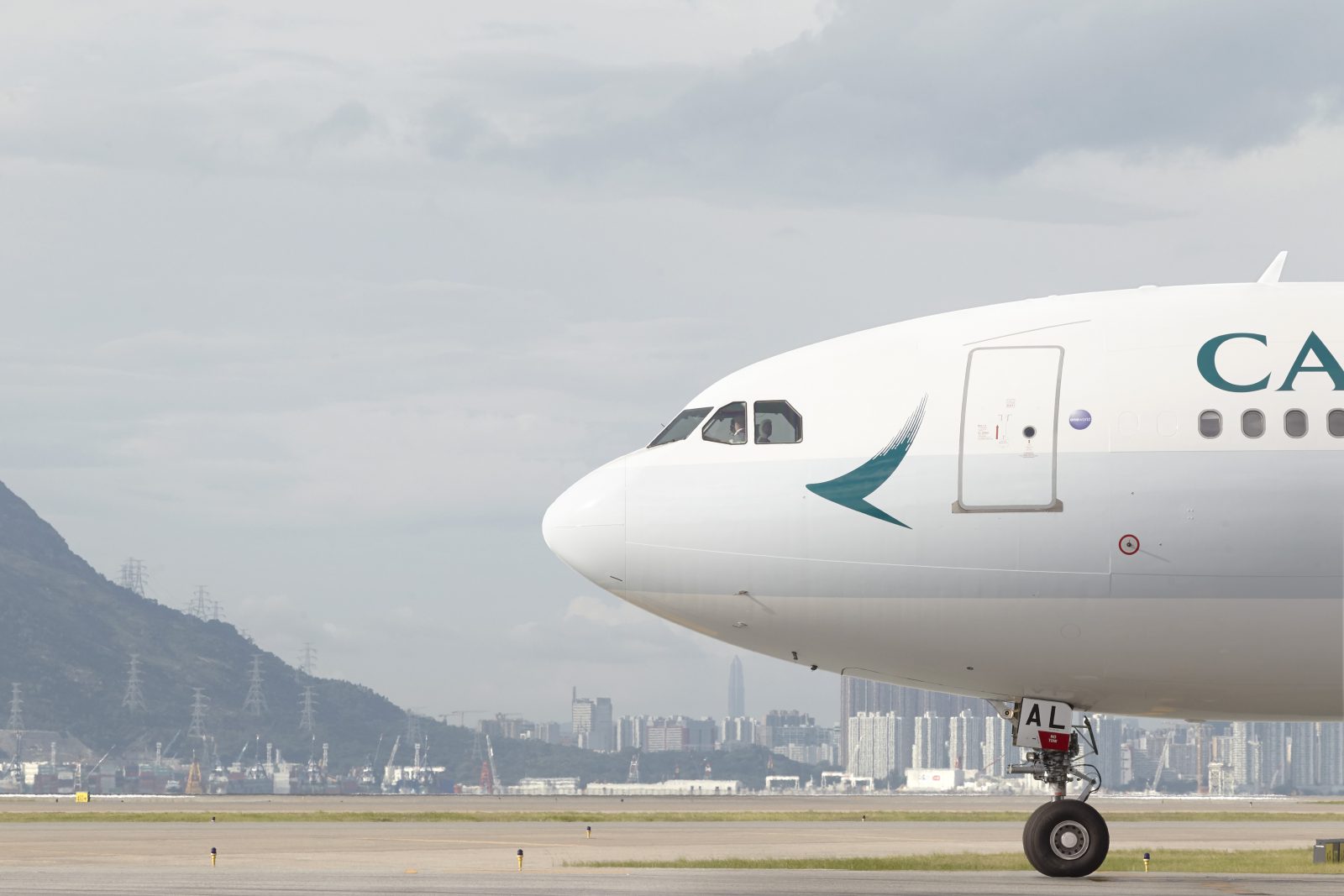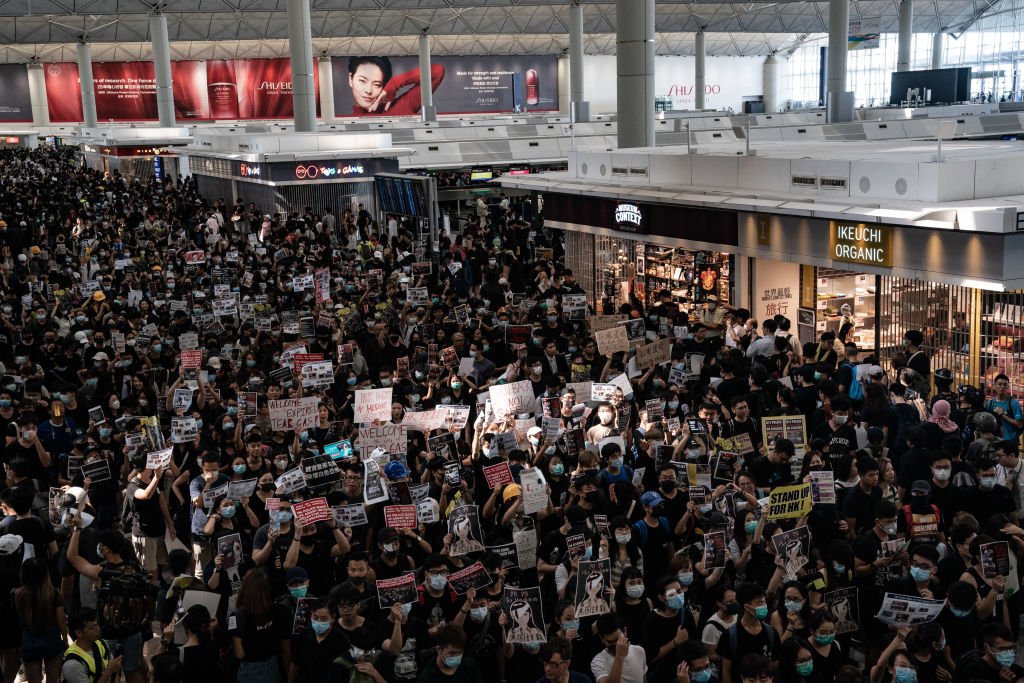
As one of the most recognisable brands to call Hong Kong it’s home, Cathay Pacific has taken more than its fair share of Beijing’s anger at pro-democracy protests that have rocked the city for over 10-weeks. As part of China’s attempts to get a grip on the situation and exert control, prominent Hong Kong-based businesses and business leaders have been targeted by Beijing and ordered to do more to influence a return to the status quo.
Cathay Pacific came under fire for its ambivalent stance on the protest movement – an attempt to respect Hong Kong’s freedom of speech without upsetting the important Chinese market that Cathay relies upon. It was an approach that spectacularly backfired and Beijing accused Cathay of putting flight safety at risk while demanding the airline’s loyalty.
Several embarrassing incidents – including a pilot being arrested for rioting and a leak of sensitive passenger information belonging to a group of Hong Kong police officers – led to Beijing losing patience. There were other incidents as well – such as the flight attendant union publicly backing the protests, flight crew using the onboard public address system to share protest slogans, and the airline’s chief executive telling staff it wasn’t Cathay’s business interfering in their right to protest.
Perhaps the final tipping point was the thousands of protestors who succeeded in all but closing down Hong Kong International Airport for two straight days. Cathay Pacific publicly did little to denounce the disruption – at least, not until China’s civil aviation authority summoned the head of Cathay’s majority shareholder, Swire Pacific to Beijing.
A change came almost immediately – Cathay Pacific publicly condemned the “ongoing violence” and stood resolutely behind the Hong Kong government led by the deeply unpopular figurehead Carrie Lam. The airline promised to abide by tough new rules imposed by China’s civil aviation authority and quickly sacked two pilots who had been involved in the protest movement.

Other staffers were sternly told they could face the same fate if they took part in illegal marches.
It seemed like those actions had been enough to appease Beijing but today, Rupert Hogg suddenly announced he would be stepping down as Cathay Pacific’s chief executive. Hogg has led a three-year transformation plan and brought Cathay back into the black but today he said he was taking responsibility for the last few “challenging weeks”.
“It has been my honour to lead the Cathay Pacific Group over the last three years,” Hogg said as he announced his resignation.
“I am confident in the future of Hong Kong as the key aviation hub in Asia. However, these have been challenging weeks for the airline and it is right that Paul and I take responsibility as leaders of the company.”
John Slosar, Cathay Pacific’s chairman said a new management team was necessary to “reset confidence” in the airline after its commitment to flight safety and security had been called into question. Also stepping down today is Paul Loo, Cathay’s chief customer and commercial officer.
Two internal appointments in the form of Augustus Tang and Ronald Lam will fill the two respective roles.
It’s difficult to know who ultimately made the decision that Hogg and Loo would have to step down, although there’s every possibility that Beijing wanted heads to roll. This isn’t a good day for Cathay Pacific but hopefully, the airline can now start drawing a line under this saga.
Mateusz Maszczynski honed his skills as an international flight attendant at the most prominent airline in the Middle East and has been flying ever since... most recently for a well known European airline. Matt is passionate about the aviation industry and has become an expert in passenger experience and human-centric stories. Always keeping an ear close to the ground, Matt's industry insights, analysis and news coverage is frequently relied upon by some of the biggest names in journalism.







